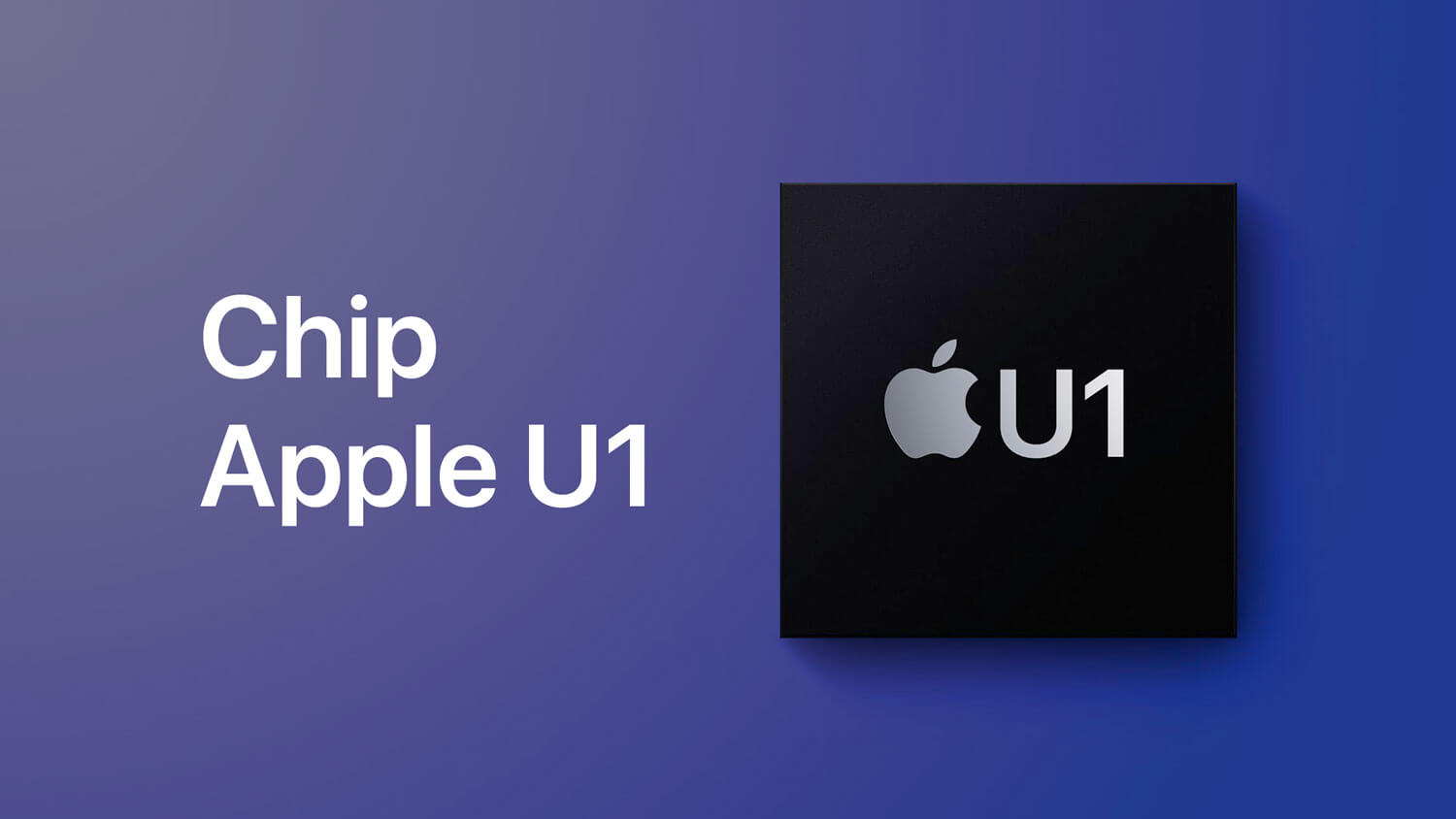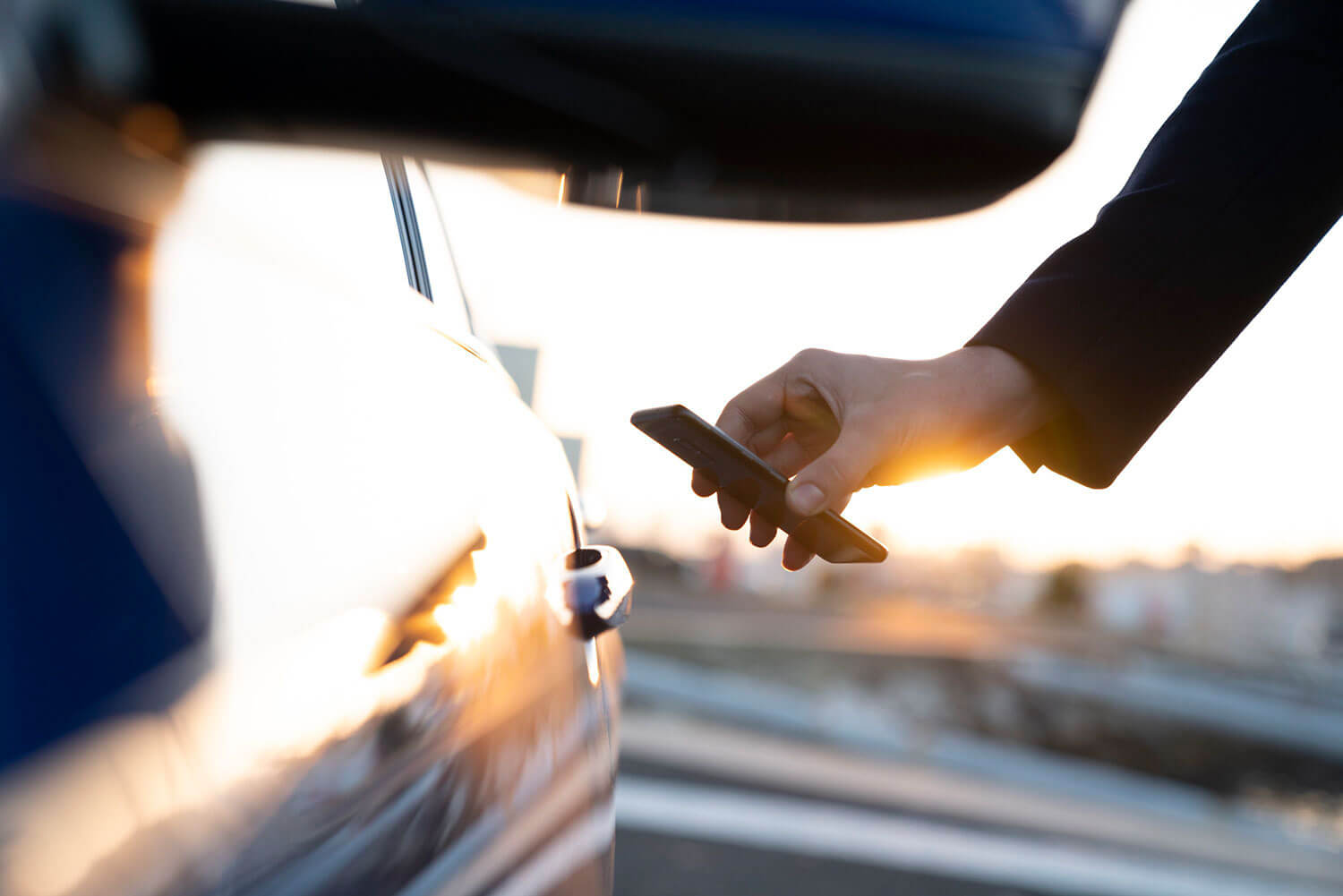
When Apple introduced the iPhone 11 in 2019, it also revealed a novelty that was until then exclusive to the device: the Apple U1 chip.
Since at the time the iPhone 11 was the only one that had this chip and there were no revolutionary functions related to it, many users showed little interest in the novelty. The U1 was just a big promise for the future.
So today, many wonder: what is the Apple U1 chip? What is it for? What can it contribute to my daily life with Apple products?
In this article, we will summarize all the information to try to answer all these questions.
What is the Apple U1 chip?
We can start with the definition that the company itself gives:
The U1 chip created by Apple uses ultra-wideband technology for spatial detection, allowing the iPhone to accurately locate other Apple devices that also have the U1 chip.
Everything can be summed up in “spatial detection”. This chip helps the iPhone to determine with precision where another device with the same chip is located in space.
The ultra-wideband uses high frequency and low range radio signals, using a time-of-flight system to accurately locate other U1 devices.
This allows for really precise short-range location-aware communication, much more accurate than GPS or Bluetooth information.
It is, in practice, a real radar inside your iPhone.
The U1 joins other “dedicated” chips developed by Apple, such as the Watch’s W1 and the H1 chip found in AirPods.
Each chip has specialized tasks that it performs, helping Apple devices to integrate and work more efficiently.
What does U1 mean?
The “U” in U1 stands for ultra-wideband. UWB is a short-range wireless communication protocol that is used by many technology companies, not just Apple.
This technology is not new and has been tested by many tech companies. But Apple, with the U1 chip, was one of the first to put it in a common device – the iPhone 11.
The advantage that UWB offers over existing technologies is that it is much better in a band with greater precision, so that two UWB devices know where each other is with much more precision than Bluetooth or GPS.
What is the use of Apple U1?
Having the U1 chip in devices allows for a variety of applications.
The AirDrop transfer functionality can be more precise because an iPhone knows which other iPhone is closest and in which direction, appearing at the top of the list.
It can further enhance the CarKey functionality, using UWB in the car and the U1 chip in the watch or iPhone to know exactly where the device is.

In the HomePod mini, music transfer is easier because it knows exactly where the iPhone is and what you’re doing.
The AirTags also use the U1 chip, so finding them is more precise than Bluetooth, using a system called “Precision Finding”.
Apple has also confirmed that third-party devices will be able to work with the U1 chip, so other devices equipped with UWB will have support in Apple’s Find My app. This means that in the future, the iPhone can indicate the location of a wide range of devices, such as your bike, headphones, or location tags.
Which Apple devices have the U1 chip?
As of the publication of this article, the following Apple devices include the U1 chip:
- iPhone 11 (and Pro variants)
- iPhone 12 (and mini and Pro variants)
- iPhone 13 (and mini and Pro variants)
- iPhone 14 (and Plus and Pro variants)
- Apple Watch Series 6, 7, 8, Ultra
- HomePod mini
- AirTag

What to expect in the future?
With Apple’s encouragement, UWB technology is expected to grow significantly in the coming years.
Google is already including APIs of this nature in the upcoming Android 12, and Samsung is already using ultrawideband on its latest high-end smartphones (Galaxy Note 20 Ultra, Galaxy S21 Ultra, and Galaxy S21+).
Therefore, it is very likely that in the coming months we will see more and more accessories that take advantage of this chip, providing more possibilities for the user.
Volkswagen, for example, is considering including UWB technology in children’s seats to deactivate airbags depending on where the seat is installed, among other applications.
Even Tile, which has always been a leader in tags to locate objects, is considering adopting the UWB system in its products to increase compatibility and not fall behind.
So, everything indicates that we will see good applications for the Apple U1 in the coming years. It is a technology that perfectly suits wireless devices (like our mobile phones) and wearable accessories. So, imagine what awaits us.